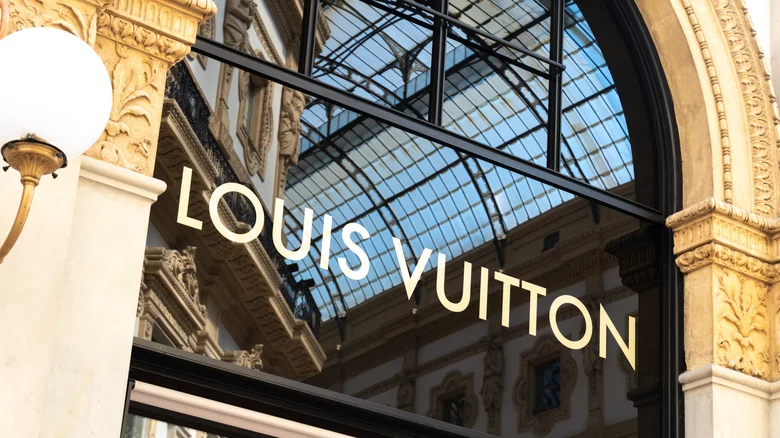
Welcome to another edition of The Well—a quick deep dive into the stories behind the world’s most iconic brands. This week: Louis Vuitton, the name synonymous with luxury, innovation, and controversy.
The story begins in 1821, when Louis Vuitton was born to humble parents—a farmer and a hatmaker—in the Jura mountains of France. By the age of 13, Vuitton had had enough of his "wicked" stepmother. He hit the road—literally—walking 292 miles to Paris. After years of odd jobs, he landed an apprenticeship with a boxmaker. He mastered the craft of building and packing custom trunks for high society, and by his mid-30s, Vuitton was officially the boxmaker to Empress Eugénie, wife of Napoleon III.

His flat-top trunk design—revolutionary for its stackability—did more than change travel; it changed fashion. Inspired by British trunk maker Harriet Cave, Vuitton added waterproof canvas linings and later introduced the Damier check pattern in 1888, followed by the iconic LV monogram in 1896. But Vuitton didn’t just innovate style—he tackled security. In 1886, he and his son Georges designed unpickable brass locks so secure that Houdini himself reportedly refused to test them.
The brand’s appeal transcended Europe, becoming a favorite among American tycoons like the Rockefellers and Hearsts. Even Ernest Hemingway had a custom “library trunk,” complete with secret compartments. Found decades later in a Paris hotel, it still contained a draft of A Moveable Feast.

But Louis Vuitton’s history isn’t all glamour. During WWII, the company’s connections to the Nazi-installed Vichy regime surfaced, with evidence of active collaboration and even the manufacture of busts of Philippe Pétain, the regime’s leader. This dark chapter was unearthed in a 2004 exposé but remains largely unaddressed by the brand.
Today, Louis Vuitton isn’t just a luggage maker; it’s a global powerhouse. With $76 billion in earnings reported in 2021, it reigns as the most valuable luxury brand in the world. It even purchased the world’s second-largest rough diamond—the 1,758-carat Sewelo—to solidify its dominance in high jewelry.
So, the next time you spot that iconic monogram, remember: It represents a legacy of innovation, opulence, and, yes, some scandal. Not bad for a farm boy who walked nearly 300 miles to create it all.